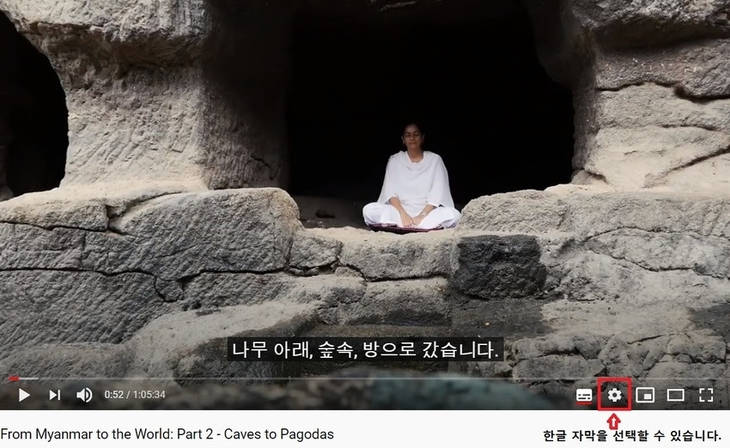From Myanmar to the World: Part 2 - Caves to Pagodas
Long ago, after receiving guidance from the Buddha, meditators would withdraw to practice in the solitude of a forest or a cave. Fast forward to the 1950s, when Burmese meditation master Sayagyi U Ba Khin was planning his ideal meditation center in Yangon. Inspired by some ancient structures in India, he chose a design featuring concentric rings of meditation “caves,” sheltered under the soaring structure of a golden Burmese zedi, or pagoda. This is the story of how Sayagyi U Ba Khin’s design was re-created first in India by his disciple, S.N. Goenka, and decades later in locations all over the world. For a meditation tradition that claims to have nothing to do with organized religion, some questioned the seemingly religious architecture. But are the pagodas merely decorative, or is there a practical function, something meditators can actually experience and benefit from?


